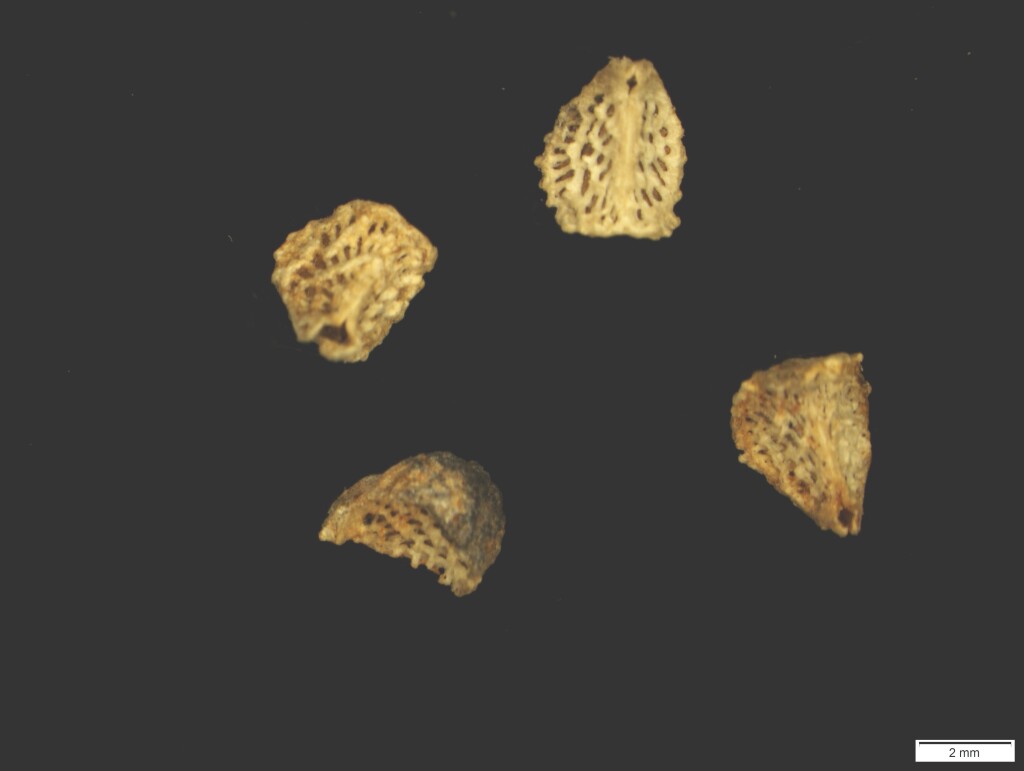Sida
Annual or (in Victoria) perennial herbs or shrubs, glabrous or stellate-pubescent. Leaves usually simple, petiolate, serrate, stipulate. Flowers bisexual, in cymes or solitary; pedicel articulated; epicalyx lacking; calyx 5-lobed, lobes valvate at least in lower half, sometimes ribbed; corolla yellow; lobes clawed, ciliate at base, otherwise glabrous; stamens 10–50; styles equal in number to carpels (and mericarps). Fruit a single ring of 5–11 mericarps, usually readily splitting, retained within persistent calyx; mericarps of similar height to columella, usually with reticulate lateral walls and smooth or wrinkled dorsal walls, splitting apically, apices sometimes mucronate; seed solitary, pendulous from upper inner apex, often with a waxy layer, glabrous or with filamentous hairs.
Probably 200–300 species world-wide, predominantly in the Americas and Australia; c. 90 species in Australia.
Fryxell (1985) considered Sida should be restricted only to those species (c. 10 in Australia) in which the calyx is prominently 10-ribbed and the mericarps awned (e.g. S. rhombifolia); there is no doubt that these species form a natural group. However, under his concept the rest of the Australian Sida species (c. 80 taxa) would be treated as one or more different genera which, in the context of the Australian species, are poorly defined. For this reason, the traditional circumscription of Sida is maintained here.
Flowering times are often governed by rainfall rather than season.
Barker, R.M. (1996). Sida. In: Walsh, N.G.; Entwisle, T.J., Flora of Victoria Vol. 3, Dicotyledons Winteraceae to Myrtaceae, pp. 340–345. Inkata Press, Melbourne.
 Spinning
Spinning


